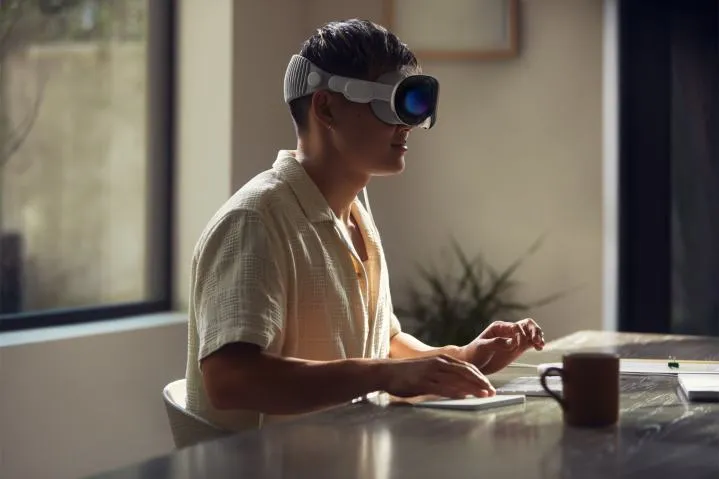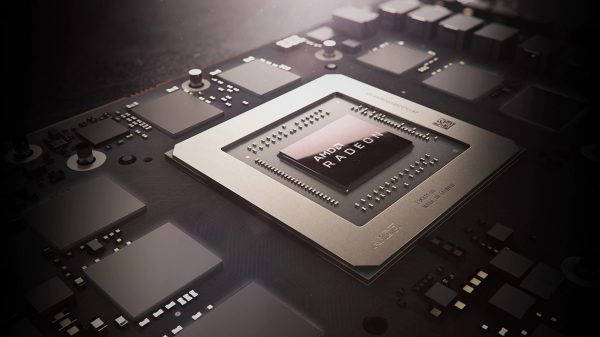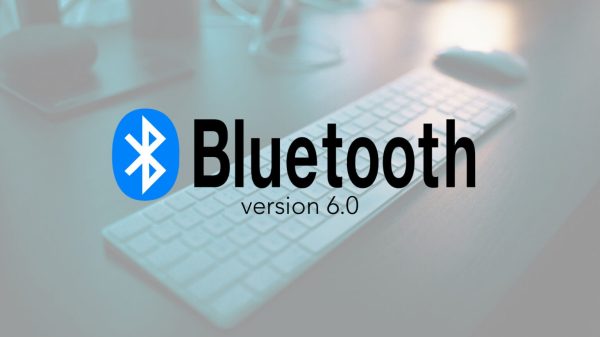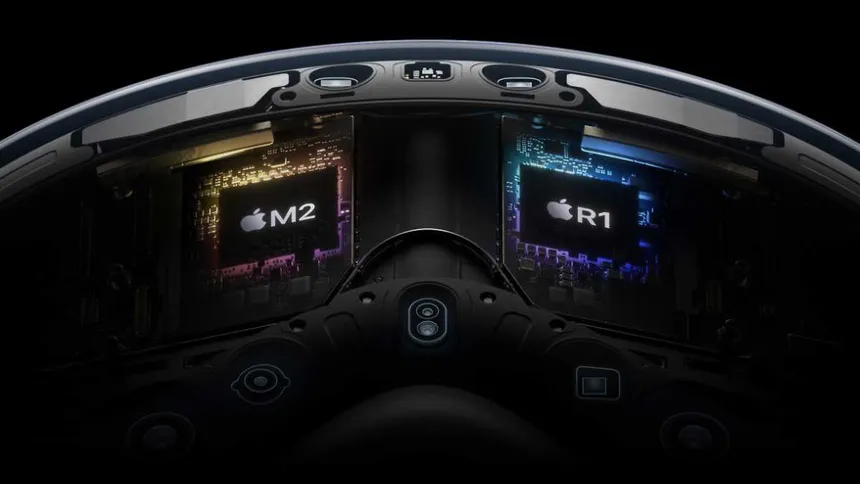Apple is making significant strides in the field of spatial computing, and a recent patent filing has shed new light on the company’s plans to bring this technology to computer monitors. The patent, titled “Displays with Selective Pixel Brightness Tuning,” reveals Apple’s interest in developing a display that can showcase three-dimensional images without requiring a headset or glasses.
The patent outlines a concept that utilizes a lenticular display and a lenticular lens film to create a viewing experience that appears lifelike and immersive. The display would enable the viewer to adjust pixel values for optimal quality, and multiple people could view the same image from different angles. This is particularly exciting, as it suggests that Apple is exploring ways to make spatial computing more accessible and inclusive.
The technology relies on the use of lenticular lenses, which extend across the length of the display. These lenses are configured to enable stereoscopic viewing, allowing the viewer to perceive three-dimensional images. While Apple doesn’t explicitly mention any of its products in the patent, it’s clear that the company is looking to integrate this technology into its computer monitors.
The prospect of a 3D-capable computer monitor is not new, as companies like Samsung have already explored this concept. However, Apple’s approach appears to be more advanced, as the company is focusing on spatial computing and its potential applications. It’s likely that Apple will position this technology as a key feature in its high-end computer monitors, potentially even as a premium option for its professional users.

Apple’s Ambition to Bring Spatial Computing to Computer Monitors
One of the key benefits of spatial computing is its ability to create a sense of immersion and presence. This technology can be particularly useful in fields such as gaming, virtual reality, and augmented reality, where users need to feel fully engaged in their environment. By bringing this technology to computer monitors, Apple could be opening up new possibilities for creators and gamers alike.
It’s also worth noting that the concept of 3D displays is not new, but it has evolved significantly over the years. In the past, 3D TVs required specialized glasses or headsets, but modern advancements have enabled the development of glasses-free 3D displays. Apple’s patent appears to build upon this technology, incorporating features that allow for adjustable pixel values and multiple viewing angles.
While the cost of such a display is likely to be high, given the complexity of the technology involved, it’s possible that Apple will make this feature available in its high-end displays. The company has already demonstrated its willingness to push the boundaries of what’s possible with its devices, as seen with the Apple Vision Pro, which retails for $3,500.
Apple’s patent for “Displays with Selective Pixel Brightness Tuning” offers a Look into the company’s ambitious plans to bring spatial computing to computer monitors. While the technology is still in its early stages, it has the potential to revolutionize the way we interact with our devices and experience immersive content. As Apple continues to innovate and push the boundaries of what’s possible, we can expect to see exciting developments in this space in the future.









































